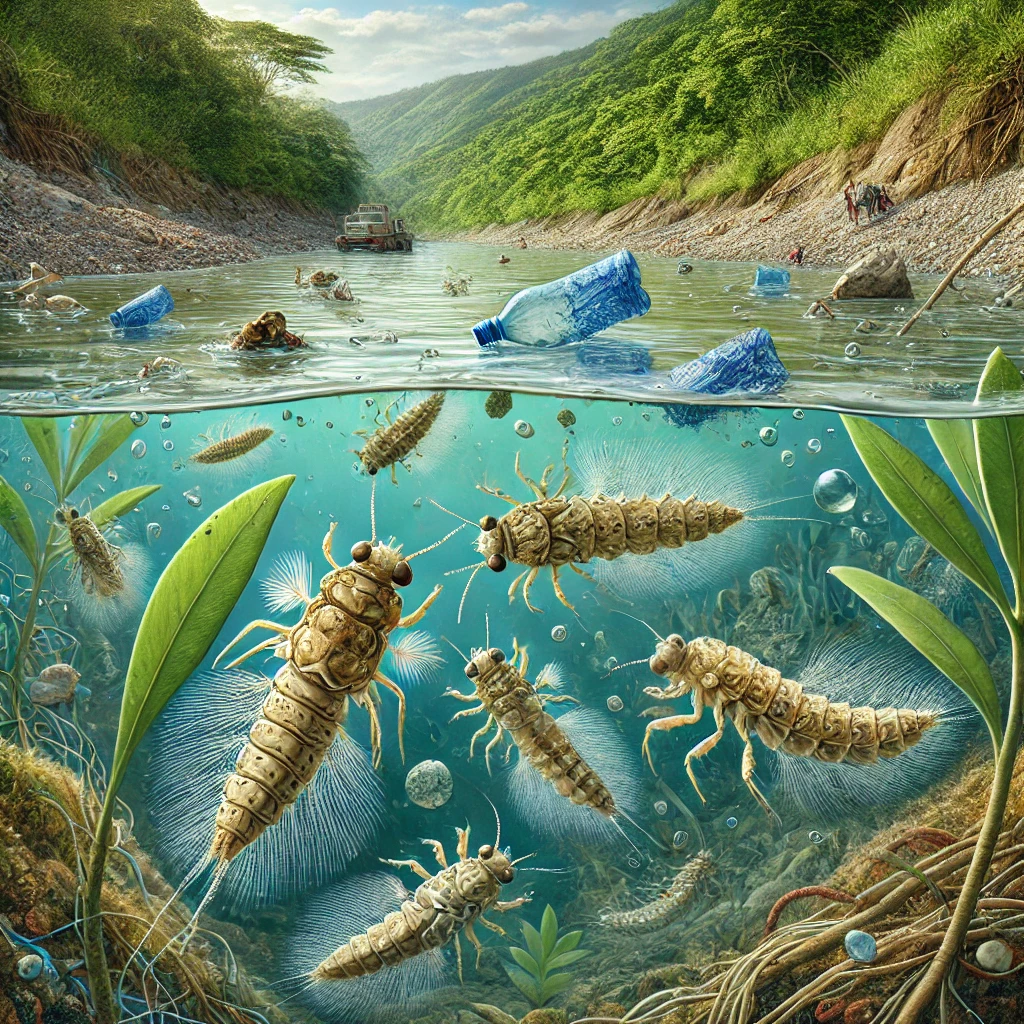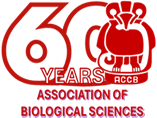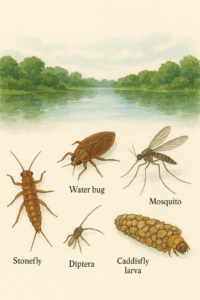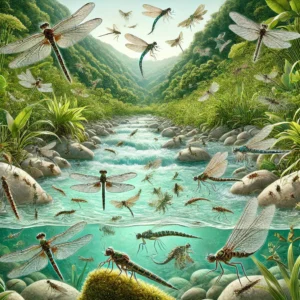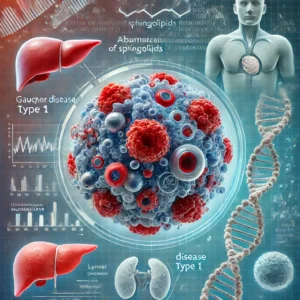Caddisflies of the Combeima River (Tolima, Colombia) and their relationship to anthropogenic pollution
Among aquatic macroinvertebrates, insects of the order Trichoptera are important because their presence in freshwater systems allows environmental conditions to be assessed. Caddisflies in their larval stage have great potential as bioindicators, thanks to their wide distribution and their ability to adapt to diverse physical, chemical, and biological conditions.
